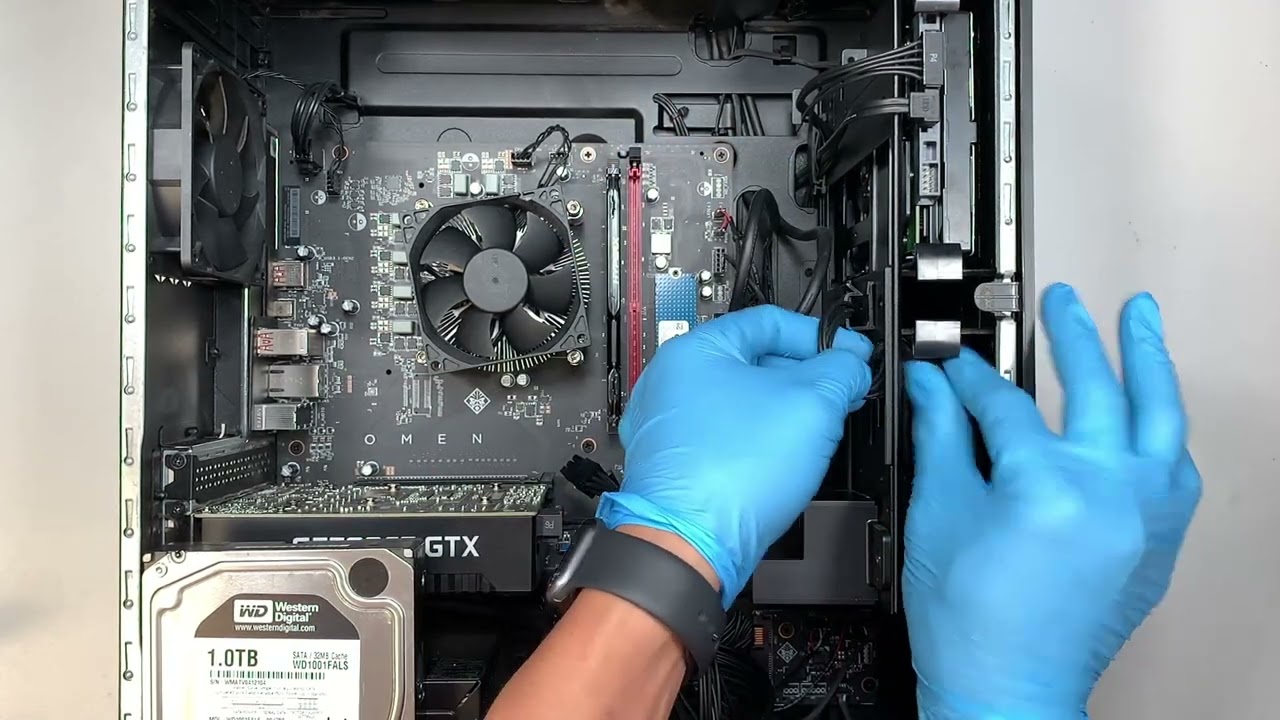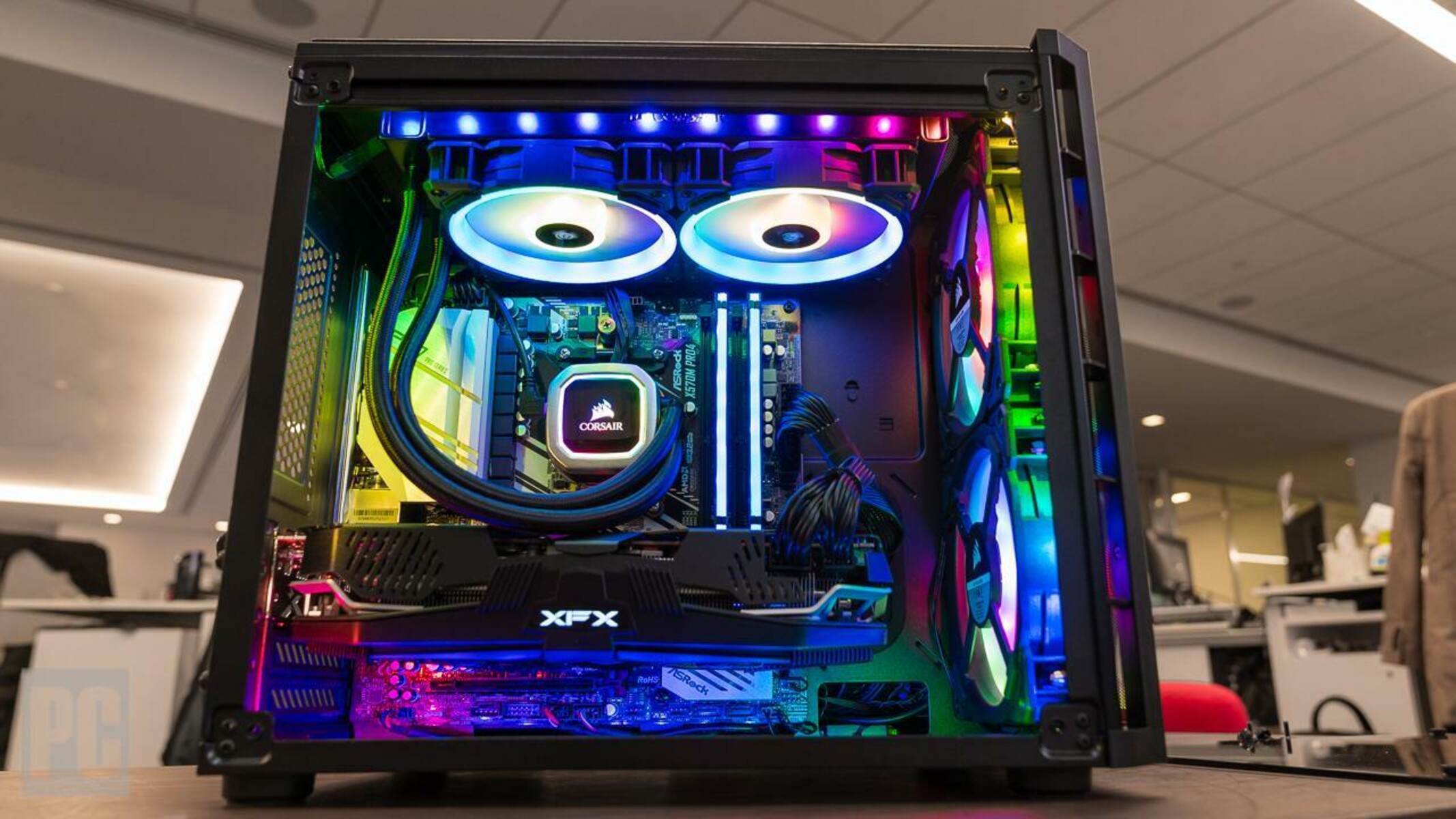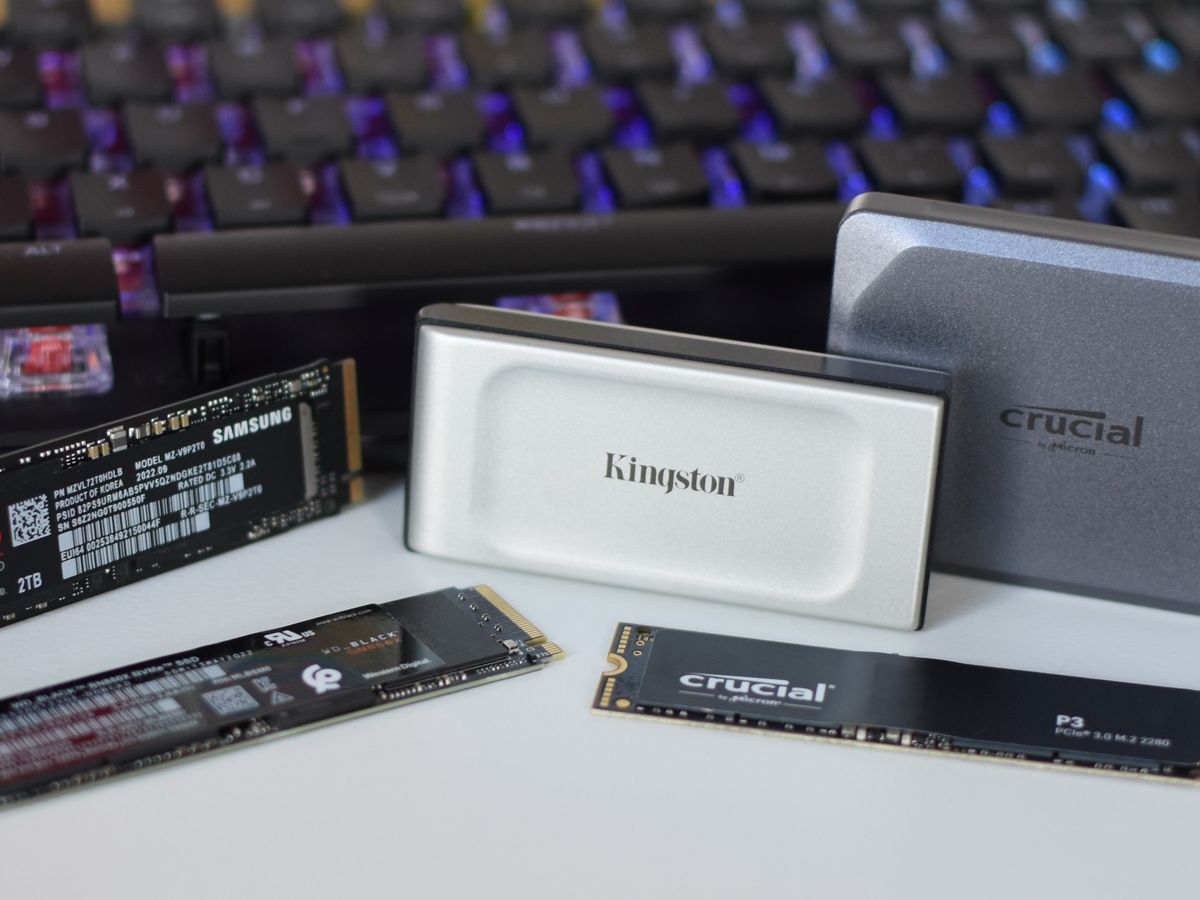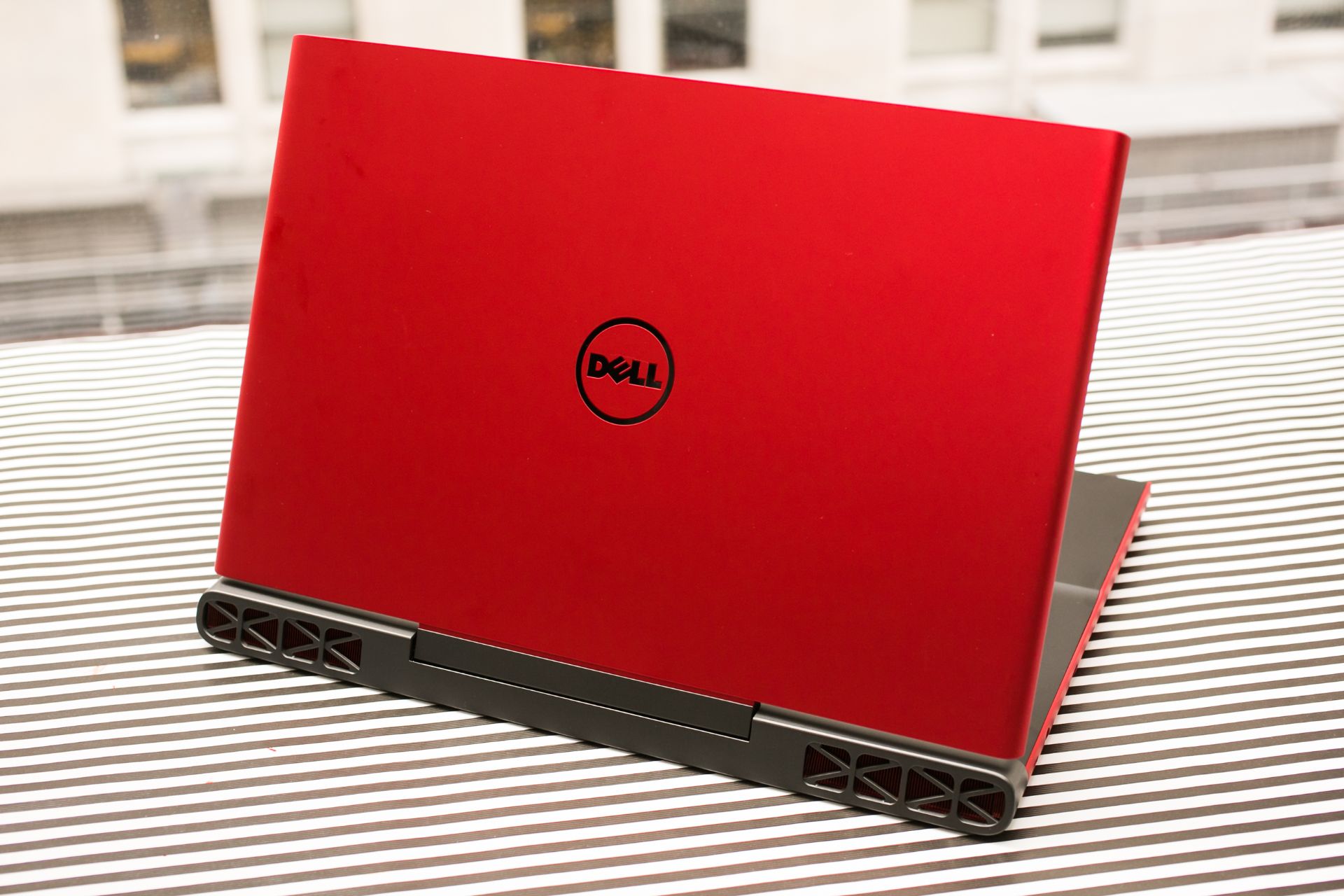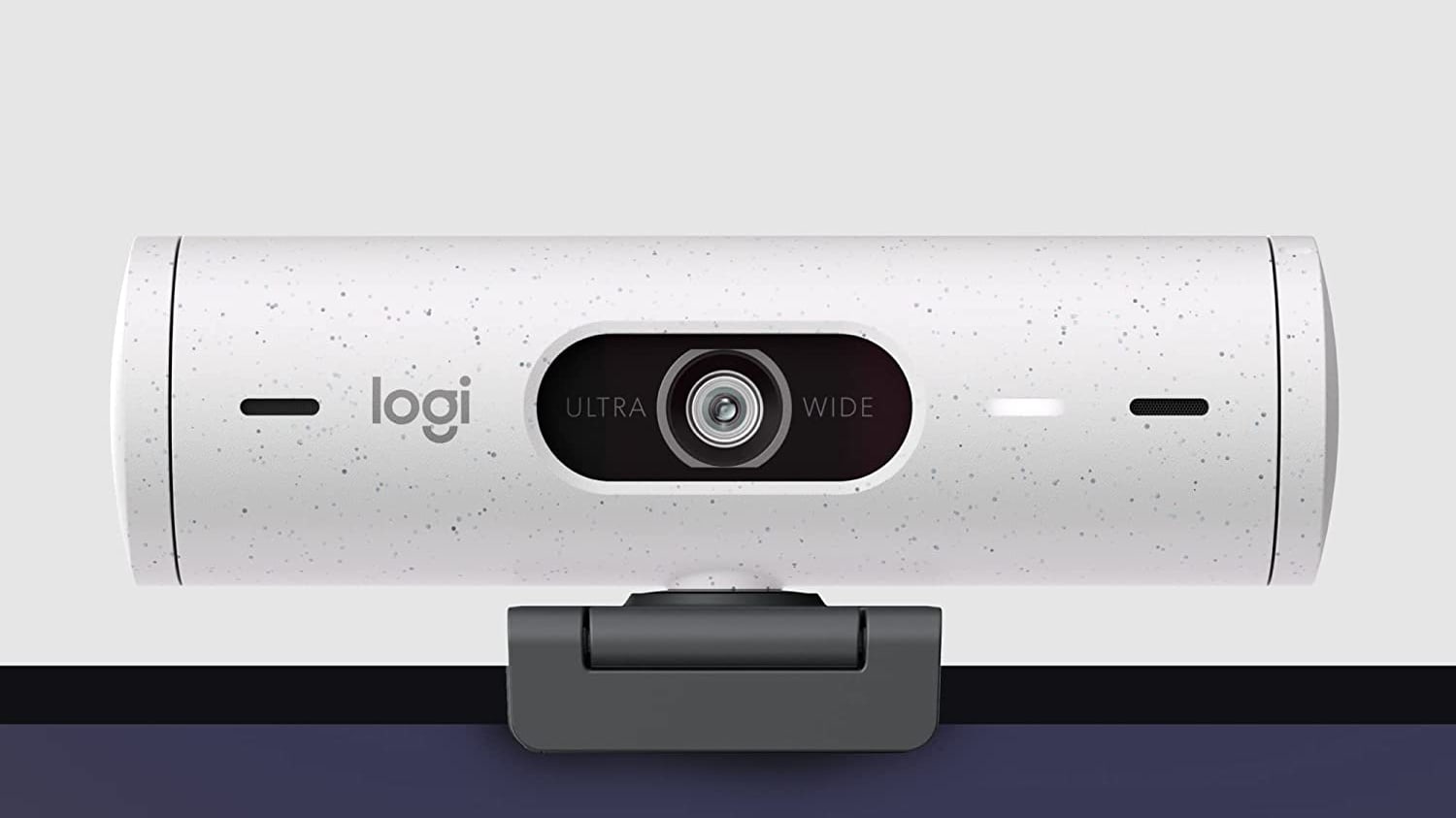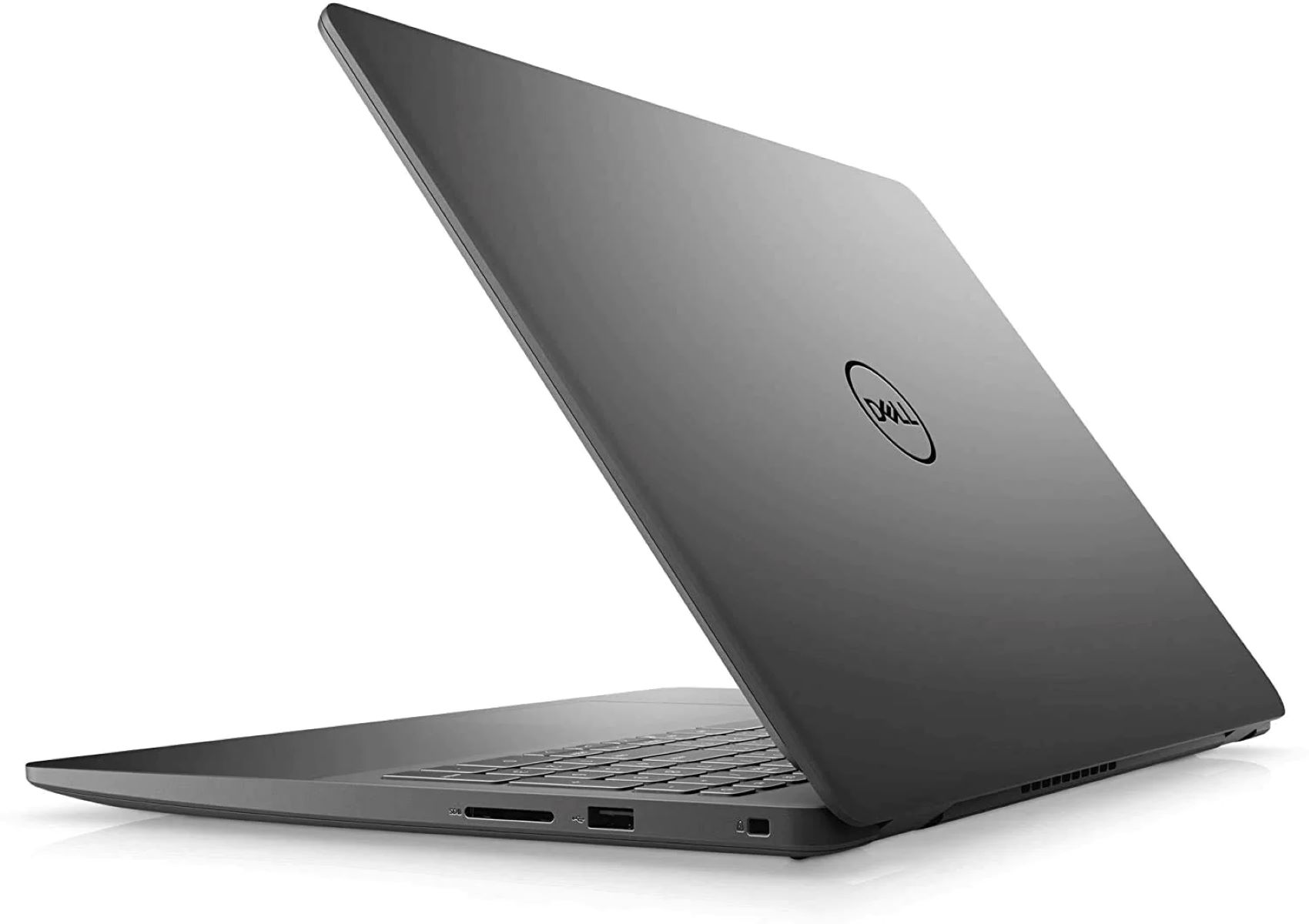Introduction
Welcome to the world of technology where our lives are increasingly dependent on computers. Whether it’s for work, entertainment, or communication, most of us rely on our PCs to keep our digital lives running smoothly. However, just like any other electronic device, computers are not immune to problems, and one of the most dreaded issues is hard disk drive failure.
A hard disk drive (HDD) is the primary storage device in a computer, storing all our important files, software, and operating system. When a hard disk fails, it can lead to data loss, system crashes, and even render the computer unusable. Dealing with a hard disk drive failure can be a stressful and frustrating experience, but with the right knowledge and troubleshooting steps, you can tackle this issue head-on.
In this article, we will explore the symptoms, causes, and potential solutions for hard disk drive failure. We will also discuss the importance of backing up your data, the process of replacing a faulty hard disk drive, options for data recovery, and preventive measures to avoid future failures.
Whether you are a business professional, a student, or a casual computer user, understanding how to handle hard disk drive failure is essential for maintaining the longevity and functionality of your PC. So, if you’ve encountered the dreaded message “Hard Disk Drive Failure” on your Dell Intel Pentium Inspiron 660S, keep reading to find out what steps you can take to resolve the issue.
Symptoms of Hard Disk Drive Failure
Identifying the early signs of a hard disk drive failure can help you take immediate action and prevent further damage to your data. Here are some common symptoms to watch out for:
- Slow or unresponsive computer: If your computer starts to lag, freeze, or takes an unusually long time to boot up, it could be a sign of a failing hard disk drive. The sluggish performance indicates that the drive is struggling to read or write data properly.
- Strange noises: Unusual sounds emanating from your computer, such as clicking, grinding, or screeching noises, can indicate mechanical issues with the hard disk drive. These noises should not be ignored and could be a strong indication of an impending failure.
- Frequent error messages: If you consistently encounter system error messages or prompts indicating corrupted files, it could be due to a failing hard disk drive. These error messages may appear randomly or when accessing specific files or programs.
- File and program crashes: When your computer experiences frequent file or program crashes, it could be due to the hard disk drive’s inability to read or write data correctly. These crashes can result in data loss and disrupt your work or activities.
- Disappearing or corrupted files: If you notice files disappearing from your hard disk drive or encounter file corruption where files become unreadable or display unusual characters, it is a strong indication of potential hard disk drive failure.
- Frequent system restarts: Unexpected or frequent system restarts, also known as the “blue screen of death” (BSOD), can be linked to hard disk drive issues. These restarts usually occur during intensive disk operations and should be addressed promptly.
If you experience one or more of these symptoms, it is crucial to take immediate action to avoid permanent data loss or complete system failure. The next section will guide you through the troubleshooting steps to identify and resolve the hard disk drive failure issue.
Causes of Hard Disk Drive Failure
A hard disk drive failure can occur due to various reasons, ranging from mechanical issues to software-related problems. Understanding the potential causes can help you prevent future failures and ensure the longevity of your storage device. Here are some common causes of hard disk drive failure:
- Physical damage: The physical components of a hard disk drive, such as the spinning platters and read/write heads, can become damaged due to mishandling, dropping the device, or exposure to extreme temperatures or moisture. Physical damage can lead to data loss and failure of the drive.
- Manufacturing defects: Sometimes, hard disk drives can have inherent manufacturing defects that cause them to fail prematurely. These defects may include faulty components, poor soldering, or inadequate quality control during production.
- Power surges: Sudden power surges or fluctuations can cause damage to the delicate electronic components of a hard disk drive. This can result in data corruption and ultimately lead to drive failure.
- Overheating: Excessive heat can be detrimental to the performance and lifespan of a hard disk drive. Continuous exposure to high temperatures can cause the internal components to degrade and eventually fail.
- Software issues: While hard disk drive failures are often associated with hardware problems, software-related issues can also play a role. These include corrupt file systems, malware infections, or operating system errors that prevent the drive from functioning properly.
- Aging and wear: As a hard disk drive gets older, it becomes more prone to failure. Over time, the mechanical components of the drive can wear out, leading to performance degradation and eventual failure.
It’s important to note that hard disk drives are not indestructible, and even with proper care, they can still fail unexpectedly. However, by understanding the potential causes and taking preventive measures, you can minimize the risk of hard disk drive failure. In the next section, we will explore troubleshooting steps that can help diagnose and resolve the issue.
Troubleshooting Steps
When faced with a hard disk drive failure, it’s important to follow a systematic approach to identify and resolve the issue. Here are some troubleshooting steps you can take:
- Check connections: Start by ensuring that all connections between the hard disk drive and the motherboard or interface cables are secure. Loose or faulty connections can cause the drive to malfunction. Inspect the cables for any signs of damage and replace them if necessary.
- Run diagnostics: Many hard disk drive manufacturers provide diagnostic tools that can help identify potential issues with the drive. These tools can scan the drive for errors and provide detailed reports on its health. Run a diagnostic test to gather more information about the condition of your hard disk drive.
- Update firmware and drivers: Outdated firmware or drivers can sometimes cause compatibility issues and impact the performance of the hard disk drive. Check the manufacturer’s website for any available updates and install them to ensure optimal functionality.
- Check for malware: Malicious software can cause a range of issues, including hard disk drive failure. Use a reputable antivirus program to scan your system for malware and remove any threats that are detected.
- Perform a disk check: Use the built-in disk checking utility of your operating system to scan the hard disk drive for errors. This utility can detect and repair logical errors that may be causing the drive to malfunction.
- Test the drive on a different system: If possible, connect the hard disk drive to another computer and see if it functions properly. This can help determine if the issue lies with the drive itself or with the computer’s hardware or software configuration.
- Consult a professional: If all else fails, it may be necessary to seek assistance from a professional technician or data recovery specialist. They have the expertise and specialized tools to diagnose and resolve more complex hard disk drive issues.
Remember to back up your important data before attempting any troubleshooting steps, as data loss is a possibility during the process. If the troubleshooting steps do not resolve the hard disk drive failure, it may be necessary to replace the drive. In the next sections, we will explore the importance of backing up your data and methods for replacing a faulty hard disk drive.
Backing Up Data
Backing up your data is essential to protect your valuable files and prevent data loss in the event of a hard disk drive failure. It’s crucial to regularly create backups of your important documents, photos, videos, and any other files you cannot afford to lose. Here are some methods for backing up your data:
- External hard drive: One of the easiest and most common methods is to use an external hard drive. Connect the external drive to your computer and copy your files onto it. Make sure to keep the external hard drive in a safe location separate from your computer.
- Cloud storage: Cloud storage services, such as Google Drive, Dropbox, or OneDrive, provide secure online storage for your files. Upload your important files to the cloud, and they will be accessible from any device with an internet connection.
- Network-Attached Storage (NAS): A NAS device allows you to set up a central storage location on your home or office network. You can access your files from multiple devices and create automatic backups.
- Online backup services: There are various online backup services available that automatically back up your data to remote servers. These services often have additional features like file versioning and encryption for added security.
Choose a backup method that suits your needs and preferences, and remember to regularly update your backups to ensure you have the most recent versions of your files. Losing important files due to a hard disk drive failure can be devastating, but with a reliable backup strategy in place, you can minimize the impact.
Next, we will explore the process of replacing a faulty hard disk drive in your Dell Intel Pentium Inspiron 660S.
Replacing the Hard Disk Drive
If troubleshooting steps have determined that your hard disk drive needs replacement, fear not, as replacing a hard disk drive is relatively straightforward. Here’s a step-by-step guide to help you through the process:
- Prepare the necessary tools: Before you begin, gather the tools you’ll need, including a screwdriver, an antistatic wrist strap (optional but recommended), and the replacement hard disk drive.
- Safely shut down your computer: Make sure to save any open files and properly shut down your computer before proceeding. Disconnect the power cable and any other connected devices.
- Open the computer case: Depending on the model of your Dell Intel Pentium Inspiron 660S, you may need to remove screws or slide a latch to open the computer case. Consult the user manual or look for online resources specific to your model.
- Locate the hard disk drive: Once the computer case is opened, locate the existing hard disk drive. It should be connected to the motherboard and the power supply with cables.
- Disconnect the cables: Carefully detach the data and power cables from the hard disk drive. Avoid applying excessive force and ensure a gentle removal to prevent damage to the cables or connectors.
- Remove the old hard disk drive: Unscrew any mounting brackets or screws that secure the hard disk drive in place. Gently slide the drive out of its slot or bay.
- Install the new hard disk drive: Take the replacement hard disk drive and align it with the slot or bay. Slide it in carefully until it is securely seated. Use the screws or mounting brackets to secure the drive in place.
- Reconnect the cables: Attach the data and power cables to the new hard disk drive, ensuring a secure connection. Double-check that the cables are properly aligned and fully inserted.
- Close the computer case: Put the computer case back together by reattaching any screws or securing latches. Ensure that the case is closed tight and properly aligned.
- Power on your computer: Reconnect the power cable and any other devices you had disconnected. Turn on your computer and check if the new hard disk drive is recognized and functioning correctly.
If you are uncomfortable performing the replacement yourself, it is recommended to seek assistance from a professional technician. They can guide you through the process or handle the replacement for you.
Now that you have replaced the hard disk drive, the next section will discuss data recovery options in case you were unable to back up your important files.
Data Recovery Options
In the unfortunate event that you were unable to back up your data before experiencing a hard disk drive failure, there may still be options available for data recovery. Here are some data recovery options to consider:
- Professional data recovery services: If your hard disk drive is physically damaged or cannot be accessed through conventional means, professional data recovery services might be your best option. These specialized services have the expertise and tools to recover data from damaged or faulty drives. However, it’s important to note that professional data recovery can be costly.
- Software-based recovery tools: There are software programs available that can help you recover data from a logically damaged hard disk drive. These tools scan the drive for recoverable files and attempt to retrieve them. It is important to carefully follow the instructions provided by the software and avoid overwriting any data on the drive.
- Data recovery software from a bootable device: Another option is to use data recovery software that runs from a bootable device, such as a USB drive. This allows you to boot the computer from the USB drive and run the data recovery software on the affected hard disk drive without modifying the drive’s contents.
- Consultation with experts: Seeking advice from computer support forums or consulting with experts in the field might provide insights and alternative solutions for data recovery. These communities often have experienced individuals who may have encountered similar situations and can provide guidance.
It’s important to note that the success of data recovery depends on various factors, such as the extent of the damage, the type of files, and the actions taken after the hard disk drive failure. It’s advisable to seek professional help or use reliable software for data recovery to minimize the risk of further data loss or damage.
In the next section, we will explore preventive measures to reduce the risk of future hard disk drive failures.
Preventing Future Hard Disk Drive Failure
While hard disk drive failure can sometimes be unpredictable, there are preventive measures you can take to minimize the risk and ensure the longevity of your storage device. Here are some key steps to prevent future hard disk drive failures:
- Keep your computer in a controlled environment: Heat and humidity can be detrimental to the health of your hard disk drive. Ensure that your computer is located in a well-ventilated area and away from extreme temperatures and moisture.
- Handle your computer with care: Rough handling or accidental drops can cause physical damage to the hard disk drive. Always exercise caution when moving or transporting your computer to avoid any impacts that could result in drive failure.
- Use a reliable surge protector: Power surges can damage the delicate electronic components of your hard disk drive. Invest in a quality surge protector to safeguard against sudden voltage spikes or fluctuations.
- Maintain a stable power supply: Unstable power supply can lead to data corruption and damage to your hard disk drive. Use an uninterruptible power supply (UPS) to ensure your computer receives a consistent and clean power source.
- Perform regular maintenance: Regularly clean your computer’s fans and vents to prevent overheating. Dust and debris can accumulate, obstructing airflow and causing the hard disk drive to overheat. Additionally, keep your operating system and antivirus software up to date to avoid software-related issues.
- Be cautious with downloads and clicking on suspicious links: Malware and viruses can infect your computer and potentially damage the hard disk drive. Practice safe browsing habits, avoid downloading files from untrusted sources, and be wary of suspicious emails or links.
- Regularly back up your data: As discussed earlier, backing up your data is crucial for protecting against data loss. Establish a regular backup routine to ensure your files are protected in case of a hard disk drive failure.
- Monitor your hard disk drive’s health: Utilize software tools provided by the manufacturer or third-party applications to monitor the health of your hard disk drive. These tools can provide early warnings of potential issues, allowing you to take immediate action.
By implementing these preventive measures, you can significantly reduce the risk of future hard disk drive failures and prolong the lifespan of your storage device. Remember, prevention is always better than dealing with the aftermath of data loss or drive failure.
Now, armed with the knowledge of preventing future failures, you are ready to take proactive steps to maintain the health and functionality of your hard disk drive.
Conclusion
Dealing with a hard disk drive failure can be a frustrating and potentially devastating experience. However, by understanding the symptoms, causes, and troubleshooting steps, you can navigate through this challenging situation and minimize the impact on your data and computer. Remember to regularly back up your important files to prevent data loss and consider preventive measures to reduce the risk of future hard disk drive failures.
In this article, we discussed the symptoms of hard disk drive failure, such as slow or unresponsive computer, strange noises, frequent error messages, file and program crashes, disappearing or corrupted files, and frequent system restarts. We explored the common causes of hard disk drive failure, including physical damage, manufacturing defects, power surges, overheating, software issues, and aging/wear.
We also provided troubleshooting steps to help you diagnose and resolve hard disk drive failure, including checking connections, running diagnostics, updating firmware and drivers, checking for malware, performing disk checks, testing the drive on a different system, and consulting professionals if necessary.
Additionally, we emphasized the importance of backing up your data and discussed various methods such as using external hard drives, cloud storage, network-attached storage (NAS), and online backup services.
If replacement becomes necessary, we provided a step-by-step guide for replacing the hard disk drive in your Dell Intel Pentium Inspiron 660S. We also explored data recovery options and highlighted the significance of seeking professional help or using reliable software for data recovery.
Lastly, we discussed preventive measures to reduce the risk of future hard disk drive failures, including maintaining a controlled environment, handling your computer with care, using surge protectors and uninterrupted power supplies, performing regular maintenance, practicing safe browsing habits, and monitoring the health of your hard disk drive.
By following these guidelines and being proactive in protecting your hard disk drive, you can maintain the integrity of your data and enjoy a smooth computing experience. Remember, prevention and preparedness are key to effectively deal with hard disk drive failures and minimize their impact on your digital life.







